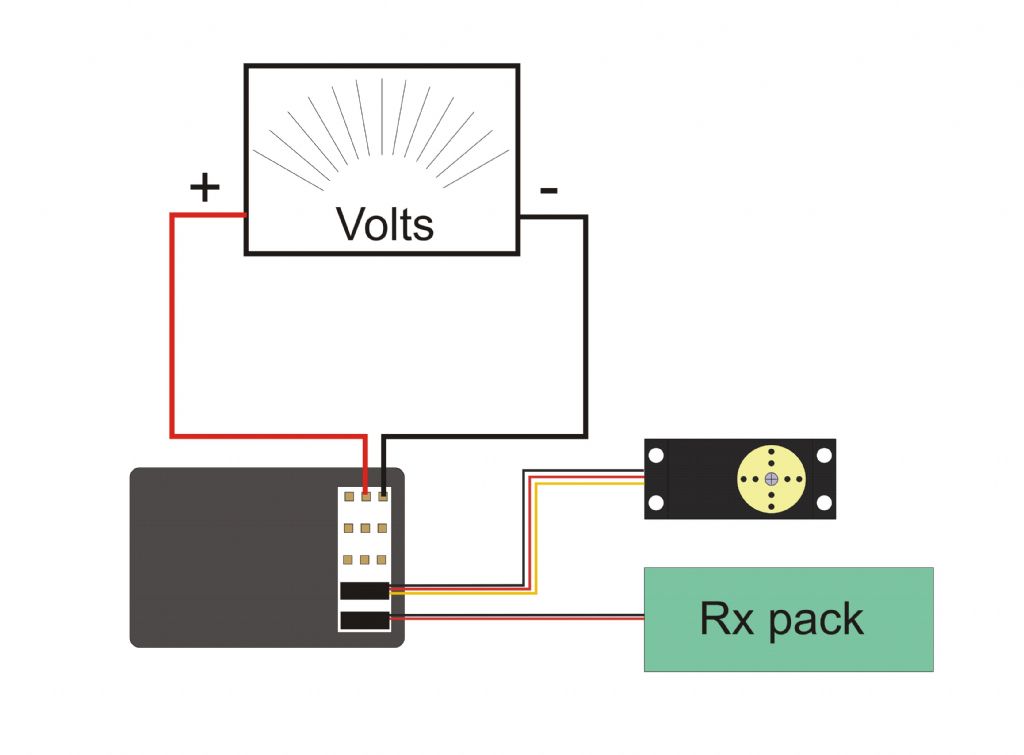Access for testing electric. Since many years ago, manufacturers have sought to severely limit access to live electricity to the paying public, hence the shrouded connection plugs and line sockets. From the safety point of view, quite reasonably. The drawback is that this also restricts the ability to get to anything that needs testing, not helped by the meter manufacturers also making "safe" probes.
Possible solutions to measuring the battery voltage are an interrupt lead (basically a short extension with an access socket added as a Y lead) or pins and clips to allow a meter to connect to the metal bits. Having experience in the field, I know how to do this kind of thing and keep my finger ends and eyebrows, I would not reccomend it to anybody who needed to ask. Some ESCs "might" allow access to their battery connection terminals, but most will have them safely sealed away.
Battery voltage testing needs to be under load – a dud cell can show the full expected voltage, but have very low capacity. Under use, it will seem to work OK briefly, then the ESC "might" spot a sudden volt drop and go into its panic mode. Switching off and back on "might" allow the dud cell a bit of rest and recovery to create further confusion. Even the brief time between failure and disconnecting to measure can result in a false reading. Testing on an airboat should be simpler – everything under test can be indoors in the warm and dry, no test tank needed to provide the load.
SLA are usually quoted at the "10-Hour Rate" , so a 3AH battery should be good for 300mA for 10 hours. A slightly larger AH figure can be got for the same battery by quoting a "20-Hour Rate". SLA were widely used back then because they were the only game in town, and their shortcomings were tolerated because there wasn't any real alternative. I remember "Nike" cells. Nasty, bulky things, and you needed to find a friendly chemist who was prepared to sell you a bottle of 20% potassium hydroxide solution to fill them with. Running SLA at a higher discharge rate reduces their efficiency. It also cuts into their life expectancy, but this is true for all batteries.






